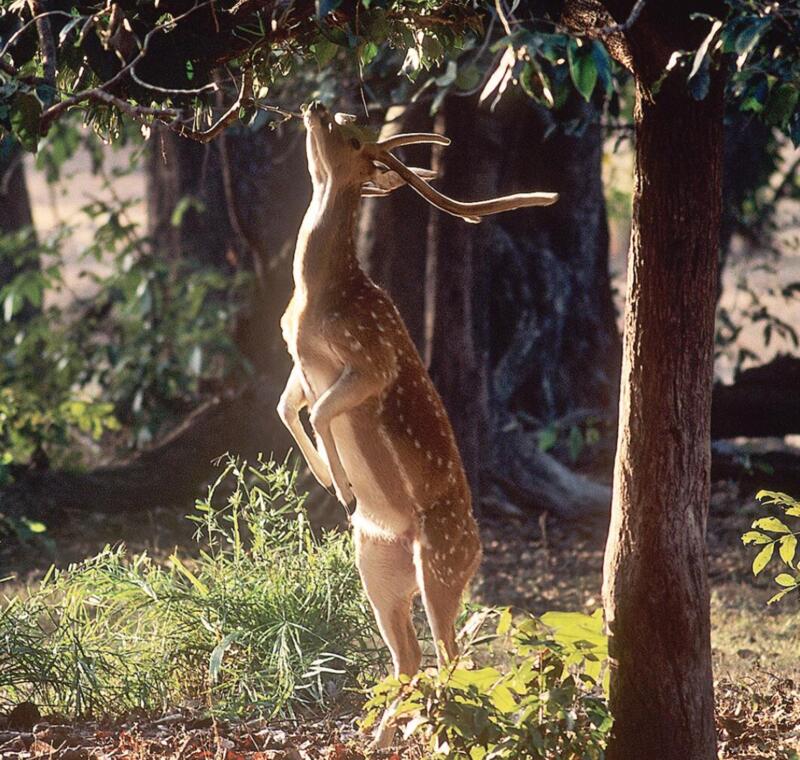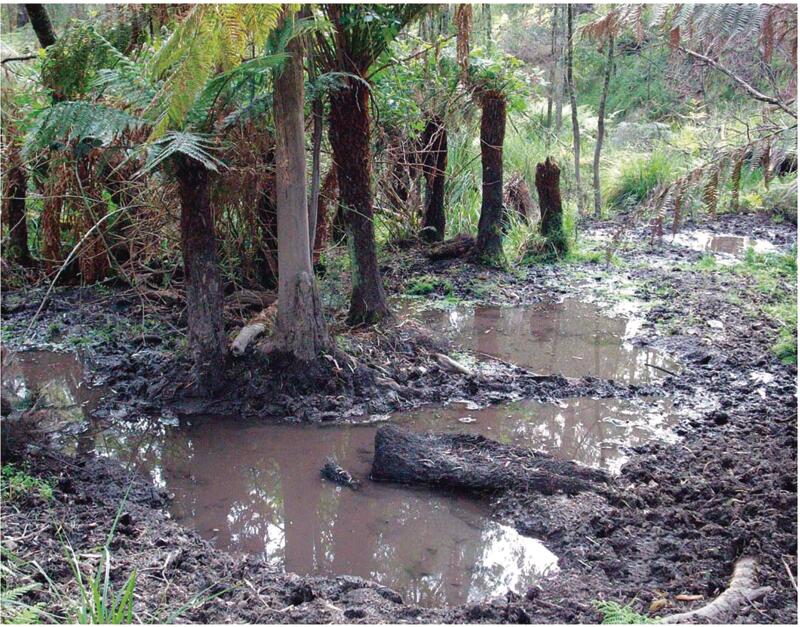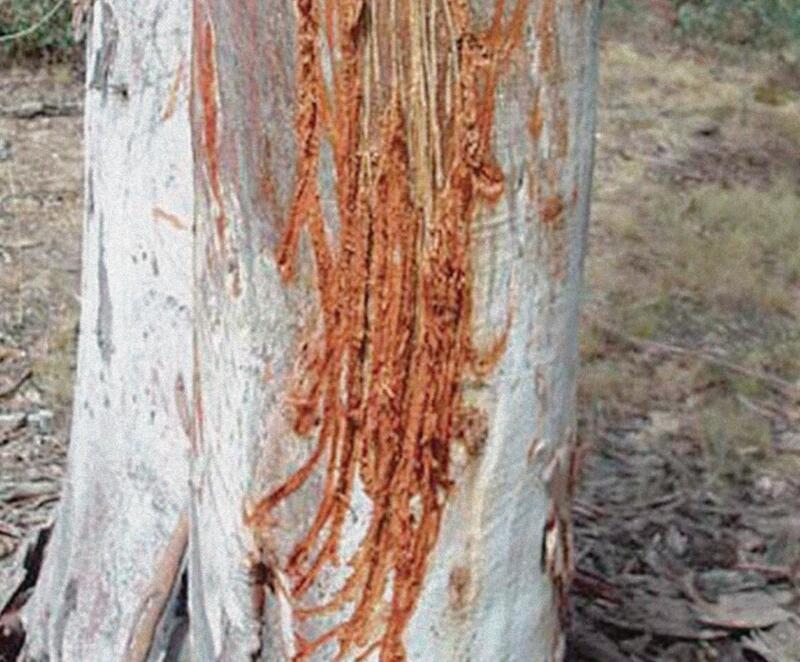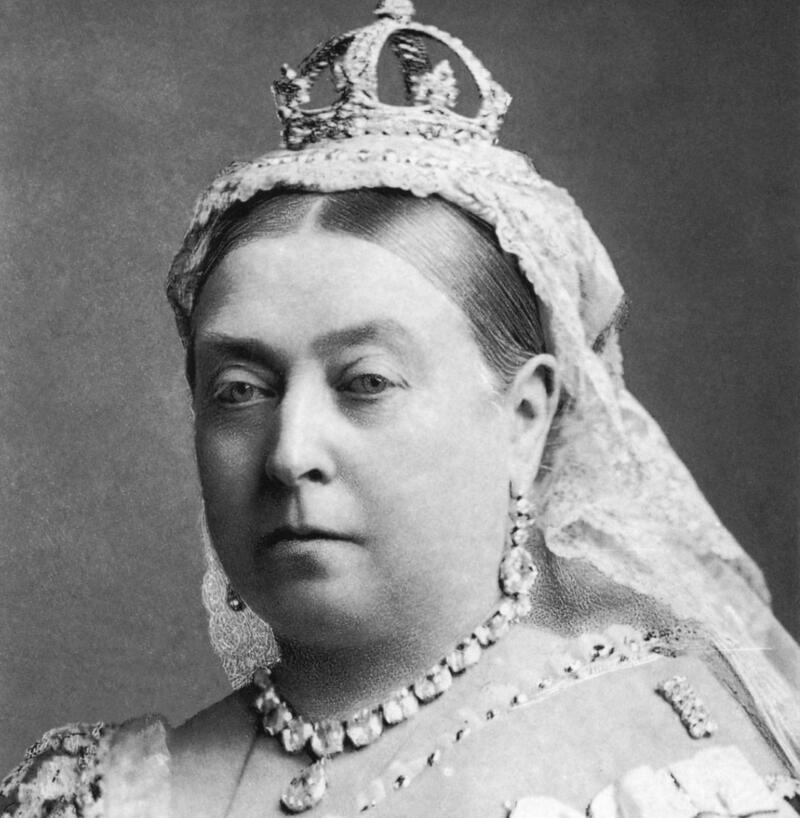FOURTH-GENERATION cattle producer Mal Weston is hard at work with his neighbours erecting 8km of exclusion fencing along his 1,000-hectare property near Jindabyne. It costs nearly $15,000/km for materials and labour, and he’s not entirely sure it will stop feral deer from grazing on his farm every night and trampling his livelihood.
“It gets in your head and becomes an obsession,” says Mal. “You can’t stop thinking about the threat to your land and your livelihood.”
When Mal was growing up on the property it was a novelty to see deer. Now he’s shooting 30 to 40 a week. “It’s devastating to see the damage they cause,” he says.
“They eat everything to the ground, defecate everywhere and wreck your fences. I’d say deer are costing me upwards of $80,000 a year,” says Mal.
Until a professional shooter came on board, Mal was spending three or four nights a week killing deer on his property. He’d finish late, then go home to catch a few hours of shut-eye before having to get up again and work the farm. It was mentally and physically draining.
“I can tell you it’s no fun going out night after night shooting deer,” he says. “It’s soul destroying. For a while I couldn’t tell if I was depressed or just exhausted.
“Last year I would have shot more than 1,000 deer on my property and that’s not counting my neighbours who are also shooting all the time. I don’t blame the deer. I blame the people who introduced them and the legislation that still protects them.”
How deer became a protected pest
Originally released into the Australian wilderness in the 19th century for recreational hunting, today six species of deer – fallow and red from Europe, and sambar, rusa, hog and chital from Asia – have thriving populations. At least one of these species can be found in each of the states and territories, and NSW is home to all six.
When commercial deer farming all but collapsed in the 1990s, many venison farmers walked away from their properties and large numbers of deer were released or escaped into the wild, adding to the feral populations.
In recent decades, their numbers and distributions have increased dramatically. While there are no up-to-date figures for NSW, it has been estimated there are up to a million wild deer in Victoria alone.
In Queensland and South Australia, deer have been declared a pest animal, making it easier to control their numbers. But in NSW, Victoria and Tasmania, they are protected as a hunting resource under the
Game and Feral Animal Control Act 2002. That means deer can only be shot by licensed hunters with landholders’ permission (or by the landholder themselves, including their employees and household members).
These restrictions, which don’t apply to feral pigs or dogs, have been partially lifted in some more densely affected areas, including Tenterfield, Glen Innes, Port Macquarie, Liverpool Plains, Upper Hunter, Wollongong, Bega Valley, Snowy Valleys and Monaro.
_preview.jpg) A sign warns drivers about deer. Photo source: Alamy
A sign warns drivers about deer. Photo source: Alamy
Ted Rowley is a member of the State Pest Animal Committee, chair of the Southern Ranges Advisory Committee for the
NSW National Parks and Wildlife Service (NPWS), and a member of NSW Farmers. He and his wife Jo Roberts have a 327ha cattle farm adjacent to Kosciuszko National Park west of Jindabyne.
“The logic for deer protection was that recreational hunting would manage deer population distribution and density,” says Ted. “These assumptions have proved false in land managers’ experiences and in research results from monitoring recreational hunting in state forests.
“Hunters have no skin in the game. The deer distribution and population in NSW that sustains hunting enthusiasts has large costs associated with it that the hunters don’t bear. The cost of having deer available for weekend shooters is borne by agriculture and by the community. Hunting is about having fun in the weekends, pest control is expensive hard work.”
Like Mal Weston, Ted sees nearly 200 fallow deer show up on his property every night. “If you take a dry sheep equivalent as 60kg live weight, that means we have 20 breeding cow equivalents on just our small place alone,” he says.
“The cost of deer impact and management is close to $25,000 a year. Neighbours with properties several times our size could multiply this figure by five or six,” he says. “They are suffering huge losses in grazing, not to mention biosecurity risks, environmental damage, water quality impacts and public safety.”
In 2018, Ted and four of his neighbours culled more than 5,000 deer on their properties. “They are getting wiser and more difficult to shoot,” he says.
“Ground shooting is failing. I have seven recreational and two professional shooters all shooting on our farm along with myself, and still the deer keep coming.”
 A chital deer tearing down tree foliage. Photo ©Lochman LT.
A chital deer tearing down tree foliage. Photo ©Lochman LT.
Destructive nature of deer is costing farmers
Andrew Cox, CEO of the
Invasive Species Council (ISC), says deer are Australia’s most important, emerging pest problem, soon to rival feral pigs, goats and even rabbits. Set up in 2002 to campaign for better legislation, policy and action on invasive species that harm the environment, the ISC has long been urging the NSW government to prioritise environmental and agricultural protection over recreational hunting.
“Deer are causing serious damage on multiple fronts,” says Andrew. “Many landowners are reporting major losses each year as crops are being eaten and fences destroyed.
“Hard-hoofed feral herbivores like deer damage wildlife habitats and threaten rare plant species. Some of the rare plants that deer seem to target will just become lost from the system.”
 Water pollution caused by wallowing sambar deer. Source: NSW Government Office of Environment and Heritage
Water pollution caused by wallowing sambar deer. Source: NSW Government Office of Environment and Heritage
These majestic but large grazers are causing erosion problems, ring-barking small trees and saplings with their antlers and competing with native animals for food. They also present a significant biosecurity threat. Foot-and-mouth disease and pestivirus are common in deer, sheep and cattle, and deer also harbour pathogens harmful to human health, such as leptospirosis and cryptosporidium.
RELATED BIOSECURITY ARTICLES:
Is a national horse traceability register a viable option?
Swine fever prompts farmers to lift biosecurity controls
Flower industry at risk without added biosecurity controls
Q fever health crisis: time to fight rural discrimination
 A mountain gum left scarred by a buck’s antlers. Source: NSW Government Office of Environment and Heritage
A mountain gum left scarred by a buck’s antlers. Source: NSW Government Office of Environment and Heritage
Tourism operators at Thredbo in the Snowy Mountains say they are growing increasingly concerned about skiers and mountain bikers colliding with deer on the slopes, and the animals are already becoming a menace on roads and railway tracks.
Sydney Trains says that between 2010 and 2015, more than 212 deer were hit by trains in the Northern Illawarra region, costing an estimated $145,000 for incident call-outs and $242,000 in delays each year.
Taking control back of rising deer populations
In February this year, the NSW government announced the largest broad-scale deer management program ever undertaken in Australia to help tackle the growing deer problem.
NSW Deputy Premier John Barilaro says the project, which was scheduled to start in July and will continue for the next eight years, will focus on the south-eastern part of
Kosciuszko National Park and adjoining private properties.
“Deer don’t care who owns the land they inhabit, and all land managers need to work together on this problem,” NSW Deputy Premier John Barilaro says.
Funded by the NSW Environment Trust and managed by NPWS, the $9.21 million program will invest in monitoring and deer behaviour analysis with the help of researchers from Sydney University. It also aims to develop, trial and evaluate control techniques suggested by pest researchers, including trapping, baiting and lures, and apply them at a landscape scale along with aerial culling.
“This project is at the cutting edge of deer control techniques,” the Deputy Premier says. “It will supplement existing ground-based shooting control methods and help create a broader, integrated and coordinated pest management system.”
Ted Rowley welcomes the project. “There’s a strong commitment by all parties to work together across private and public boundaries to beat this deer plague in south-eastern NSW and reduce impacts on biosecurity, agricultural production and environmental assets and improve community safety,” says Ted.
“Farmers are committed to changing NSW government protection policies for deer. All parties agree on the need, priority and urgency for good research outputs from this project. The results can be shared across NSW so that other regions can utilise the findings and arrange similar activities.”
RELATED ARTICLES:
Kangaroos: Pest or marketing opportunity?
100km exclusion fence line opens the gate to new business
Monitoring deer populations through aerial operations
Ted believes multiple aerial culling events within a breeding season are also needed, followed by intensive, coordinated ground shooting using thermal and drone technology.
“There needs to be intensive monitoring of deer distribution and density alongside the aerial culling. This would establish what populations of deer species there are, so a calculation can be made as to how much of the population needs to be reduced in one breeding season to drop population to a level where ground operations may be able to deal with the annual recruitment.”
 Distribution of all deer species changes in NSW 2009-2016. Source: NSW Department of Primary Industries.
Distribution of all deer species changes in NSW 2009-2016. Source: NSW Department of Primary Industries.
He also calls for every land owner, public and private, to get involved. “Remember, deer can add 45% to a landowner’s population each season, so we wildly guess that between the 30 land managers in this affected area here, we may be looking at 30,000 deer, so we need to cull 20,000 a year to collectively hold numbers.”
NSW Farmers is lobbying the state government to gazette a control order for feral deer under the
NSW Biosecurity Act 2015. This order would firmly establish feral deer as a pest animal for all land managers in the state and reduce the refuges available to deer across the landscape. “It’s an essential step in our fight to manage this protected pest animal,” says Ted.
At the time of publication there were reports that the NSW government had plans to ease the restrictions around shooting deer, to allow for better control.
Impacts of wild deer in Australia
- Create significant costs for agriculture, especially crops, sheep and cattle farms.
- Destroy native plant species by grazing and trampling and compete with native herbivores for food.
- Ring-bark trees through antler rubbing.
- Spread noxious weeds and hinder revegetation projects.
- Cause erosion and pollute water supplies.
- Collide with motor vehicles and trains.
- Potentially spread pathogens affecting agriculture, such as foot-and-mouth disease, and human health, such as leptospirosis and cryptosporidium.
The royal gift running wild. The history of deer in Australia.

1870s Queen Victoria gave Australia a herd of deer from the royal hunting grounds as food and sport for the colonists.
1880s Deer were released into Australia from England and Asia by European settlers for aesthetic and hunting purposes.
1980s It was estimated Australia had 50,000 wild deer, and, with the emergence of deer farming, their numbers grew.
1990s The collapse of venison farming saw many deer escape or be released into the wild, increasing their numbers.
2002 The Game and Feral Animal Control Act passed in NSW to regulate game hunting. The Game Council of NSW formed to implement the Act.
2005-2009 Wild deer in NSW increased by 30%. The federal government identified 65 red deer populations – up from just four herds in 1995.
2009-2016 The number of deer in Australia, particularly NSW, shot up by 60%.
2013 The Game Council of NSW was abolished and responsibility for the licensing of amateur hunters transferred to the Department of Primary Industries.
2017 Research published by the CSIRO warned that without a change in regulation, all six species of feral deer could run wild across the entire continent.
2018 The National Parks and Wildlife Service culled three-to-six deer for every pig or goat during aerial culling in the Southern Ranges reserves.